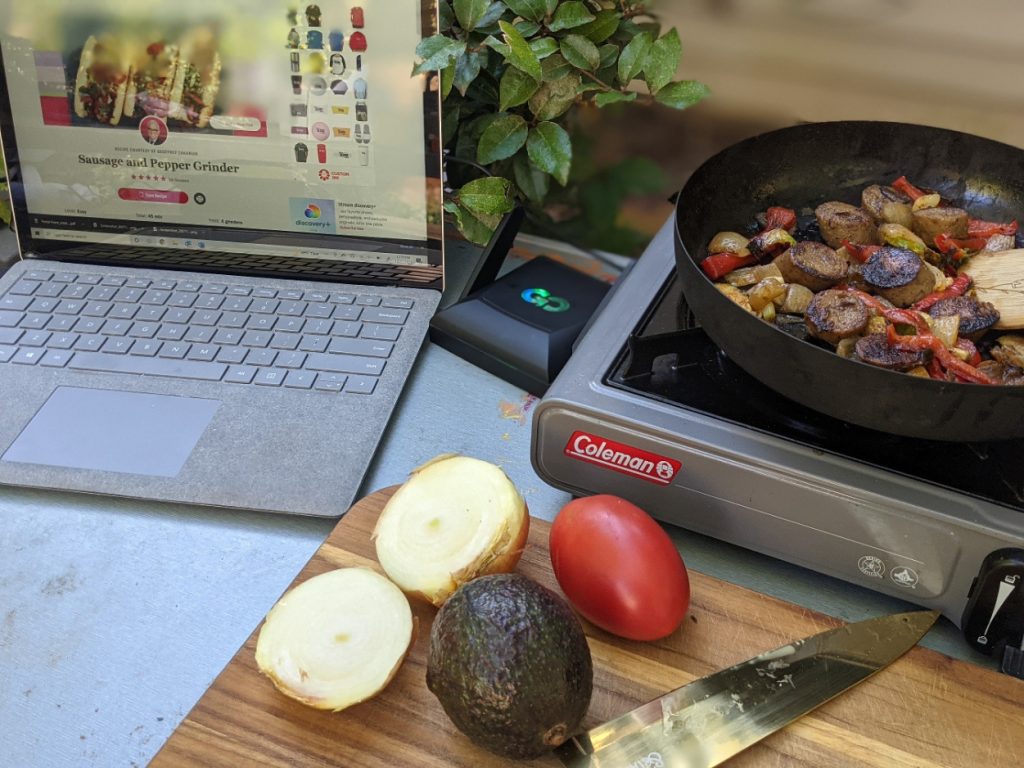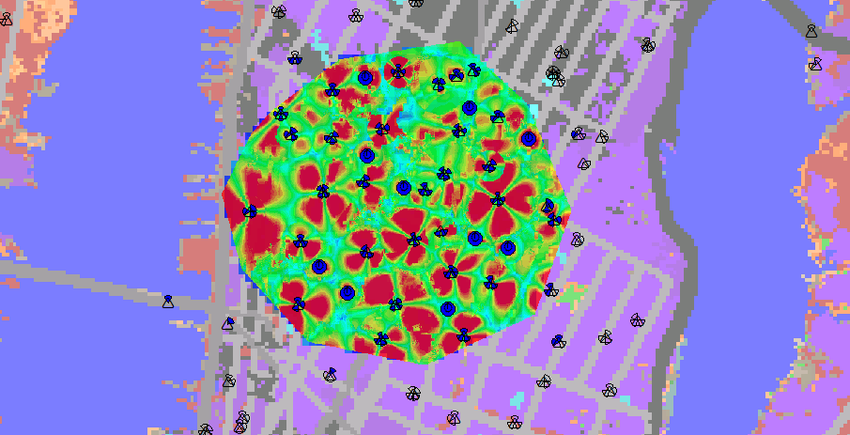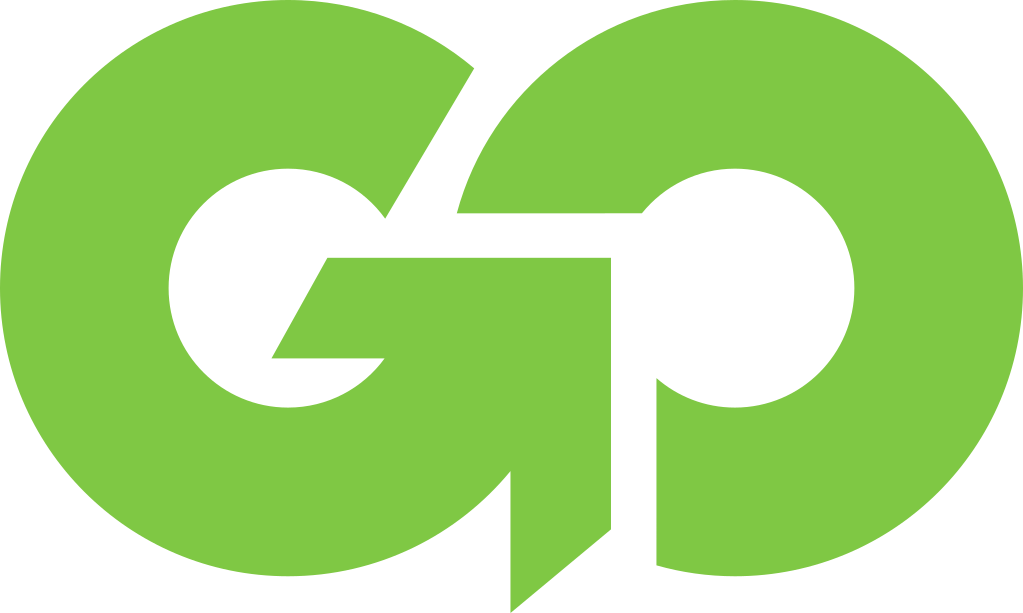What You Need To Know About Cellular Internet

At Go Connect, our most popular product creates a private WiFi connection to cellular (LTE) to create an internet connection for your devices on the go. While many customers love our product, there are things everyone should know and understand about mobile internet in general. It’s extremely powerful and useful, and enables us to be connected and live a new type of nomadic life. We can travel and work from anywhere while staying connected.
Still, this technology has some considerations and limitations you may not be accustomed to with your fixed internet at home. I’m sure somewhere a marketing professor is reading this and is going crazy. You’re never supposed to illustrate any potential flaws or limitations in the technology your product is based on, right? Probably, but that’s never been who Go Connect is. If we are going to help truly solve internet on the go while making it easy, we have also to be honest about what to expect when tapping into this technology.
So, join us for this blog post as we dive into all of the considerations of choosing cellular internet for connectivity on the go. Lots of great, some good, and in a few cases, a bit of ugly. In the end though, the goal is to help inform you of what to expect and what your options are to stay reliably connected on the go.
What Is Cellular Internet?
There are a few things to consider when deciding if a cellular internet is right for you. First, cellular internet is exactly what it sounds like. It creates an private WiFi network with an internet connection of cellular data (usually LTE, but some devices can use 5G). Yes, the same cellular connection your phone uses.
In order to get internet access from cellular, there are generally 5 things you need (or could have). You may be able to get several of these from a single device or in one package. Regardless of whether you buy them individually or together, you’ll always want to be sure you have all of them to get the best results. They are:
- A data plan (sometimes known or delivered as a “SIM card” and delivered by a “data provider”)
- A device that creates a private WiFI network
- A cellular internet hotspot that creates an internet connection
- An antenna to receive cellular signal – the antenna may be internal or external (external antenna is optional)
- A cellular booster to boost signal (optional)
If you are looking for RV or Van internet, you may have one or more of these components pre-installed in your RV. Or you may be starting scratch. Most new RV and Vans sold often include at least an external antenna.
If you are not an RVer, all of these items and concepts still apply depending on the type of travel and nomading you do.
Cellular Internet Devices (aka Cellular Hotspots)

The most common term for cellular internet devices is a cellular hotspot, even though there are plenty of other names for them. Cellular hotspots are often units which cover the first three items on our list – a SIM card, a private WiFi network and a cellular internet hotspot. However, not every hotspot you buy comes from a company that will also include the data plan or SIM card. While you can purchase them separately, many times you can buy them at the same place.
If you do a buy a device outside of the data provider or the company providing your data plan/SIM card, be sure to check that the device works (and works well) with the carrier you would like to use. Each of the major carriers may call their cellular service 4G LTE but they all operate on different bands and frequencies. Not every cellular hotspot or card works with every carrier or even all of the frequencies offered by that carrier. Which of course, is an advantage of buying the hotspot from a company that provides the service. The choice really comes down to flexibility vs. simplicity.
Capabilities and Number of Devices
Cellular hotspots generally are not designed to work well with more than a handful of devices. They are getting more powerful every year but if you are using it for an RV, travel as a family with a lot of devices or just simply require more advanced features you generally will find most hotspots are not up for the task.
Most cellular internet devices are a little more specialized than just your phone, at least when it comes to creating a private WiFi network with an internet connection. The devices are often referred to cellular hotspots. Though some may be much more powerful than the little MiFi type devices you see business people use. If you want to know a little more about the difference between using the personal hotspot on your phone vs. a cellular hotspot device, we’ve got a blog post about that as well.
WiFi Performance Matters
If you are looking to use your cellular internet data in a large environment space wise – such as a multibedroom Airbnb, large RV or other area that is bigger than a single room you may also want to think about WiFI performance. A small WiFi hotspot may not have the range or performance you need. WiFi performance also impacts how many devices you can have connected. While generally speaking the cellular internet will run out of capacity before your private WiFi network will, you could run out of WiFi range before you run out capacity when using it in a larger area. Also, somewhere where there are lots of WiFi networks you’ll find having a stronger WIFI signal improves your experience.
Cellular Internet Performance – Coverage And Capacity
Cellular Internet Coverage
Another consideration is cellular coverage. While cell coverage is often great along interstates and in cities or suburbs, there are a few places you may find WiFi available but not cellular. This includes inside major cities where in building coverage can be limited. And in rural areas you may find almost no cell coverage. For RVers and adventure travelers you may find the National Park and campground offer WiFi, but cell service is non-existent.

All cell coverage isn’t equal either. If you get coverage, the performance could vary. While cell companies have been working to improve speed and performance, there is no guarantee that it will be a certain speed. Even when they will try to guarantee a fixed speed, it’s usually for a fixed location. In fact, as you can see from the diagram above that even in a place like Manhattan cell coverage varies greatly based on not just distance but direction, terrain and walls. While walls are not as big of a factor in rural areas like they are in a big city, terrain and distance are. Plus, as you can see the receivers on the towers are not truly 360 degrees. As you get further away from the tower, the gaps get larger.
Cellular Internet Capacity
Another factor that is becoming an increasing challenge for reliable internet on the go is cellular capacity. In places where cellular internet coverage is available, even good, the number of users on a tower can have a dramatic effect on performance. While urban areas have dealt with this for many years, and cellular providers have invested billions of dollars on enhancing performance in these areas, the challenge still exists. Capacity problems can show up anywhere there is a lot of crowds.
In fact, many cellular internet users report poor performance at RV parks. The challenge is that there is limited capacity on the towers and a lot of cellular internet users. Races, tailgates and other popular events in more rural areas may also bring a large number of cellular internet users that can crowd the limited capacity of the towers.
Time of day can also be a factor. Much like hotels, RV parks will see the most users consuming cellular airwaves in the evenings. You can often identify cellular crowding as a fundamental performance issue because the speed and reliability of your connection does down in the evening (when it’s crowded), but speeds up during the day when fewer people are using it.
Cellular Internet Data Consumption
Another important consideration is data consumption. This impacts both the amount of speed you need to enjoy cellular internet, as well as the amount of bandwidth you’ll need to purchase from your carrier. Coming back to our water hose analogy from speed, which is like the size of the hose, bandwidth is the size of the bucket you need in order. Consumption is cumulative so every device using your cellular internet adds to the total consumption.
Most cellular internet companies measure consumption during monthly periods, though they are rarely 1st to the end of the month, but more like credit cards where they run 19th to the 19th, or 21st to 21st. Plans also generally are sold in GB, so you can determine how much data you need by calculating how often you use heavy services like streaming or video conferencing. Want to know more still? We’ve got an entirely blog post dedicated to cellular data consumption.
Cellular Internet Data Consumed While Streaming
According to Netflix, this is the amount of data consumed by streaming:
Data used per hour, per device:
Low: Basic video quality, up to 0.3 GB or about 3 hours per GB.
Medium: Standard video quality, up to 0.7 GB or about 1.5 hours per GB.
High: Best video quality:
- Standard definition: up to 1 GB or about 1 hour per GB.
- High definition: up to 3 GB or about 20 minutes per GB.
- Ultra high definition (4K): up to 7 GB or about 10 minutes per GB.
Cellular Internet Data Consumed Using Video Conferencing (Zoom)
With the increase in remote work as a trend has some an increase in the need to conduct work meetings via Zoom. When traveling or digital nomading, the next most common consumer of data on cellular internet plans is often Zoom meetings.
According to a recent study, Zoom consumes the following data.
| Quality | One to One Meeting | Group Meeting |
| High Setting | .5GB per hour or 2 hours per GB | .75 GB per hour or 1 hour 15 minutes per GB |
| 720p Setting | 1GB per hour or 1 hour per GB | 1.25 GB per hour or about 45 minutes per GB |
| 1080p Setting | 1.5 GB per hour or 40 minutes per GB | 2.4 GB per hour or about 25 minutes per GB. |
Cellular Internet Data and Plans
When it comes to plans, there are a few things to consider. Most devices you buy from a major cell phone carrier will only work with that carrier. Other devices you can buy will let you pick which data provider you want. Most cellular hotspots come from a data provider. The idea being that they provide the total experience of the device, the data and the user experience. There are pros and cons to each, like portability or the ability to change carriers. The vast majority of you will get the data plan from the place you buy the device.
This means every time you use it you will be consuming cellular data. While there are a few companies that offer “unlimited” data it’s rarely actually truly “unlimited”. There is generally a limit on how much “high speed” or fast internet you get before slowing you down. WAY down in most cases.

The good news is there are companies that offer “truly” unlimited plans. While there are still a few limits on usage, generally speaking they don’t have a fixed data point they began to slow down.
Improving Cellular Internet Performance

After you’ve done all of your research and picked a provider, or picked a solution that uses multiple providers, if you still need to improve your cellular internet performance, especially if it’s due to range because you are in a rural area, there are two primary ways you can do that.
The first is with an external antenna, the second is with a cell booster. There are a few pros and cons to each.
Cell Booster
Unless you know you need to get every ounce of range out of an improvement, you’ll want a cell booster. A cell booster works with an external antenna. However, instead of boosting a single device it boosts the cellular performance of any devices within a short range. Cell boosters amplify the cellular signals they can reach via the external antenna. The big advantage is not only to they boost the performance of your cellular internet, they also boost the performance of your phones. Chances are if your cellular internet device is struggling with a cellular connection, so are your phones.
With cell boosters there are a few things to know. We recommend for internet performance not buying a booster without an external antenna or at least 50db of gain. Gain is the amount of signal “boost” the antenna gives. There are some antenna that boost beyond 50db as well, but often the higher gain antenna only work with a signal provider at a time.
Also, be careful of boosters that either don’t work while in motion or require extra setup when switching between in motion and stationary. These devices may be useful if you need every little bit of boost and are willing to make the extra effort. However, if you just need a little extra boost they add a lot of effort and complexity to something that is already complicated.
External Antenna
While a cell booster generally requires an external antenna, you can also boost cellular internet signal with an external antenna even without a booster. This will require a hotspot device that can accept an external cellular connection. In order to achieve this you’ll need to make sure the external antenna and the hotspot you buy use the same connector, though in many cases adapters are available.
The pro of going straight into your hotspot from your external antenna is that you will achieve the maximum performance improvement. The con, as we note in the booster is that none of your other devices will benefit from it.
